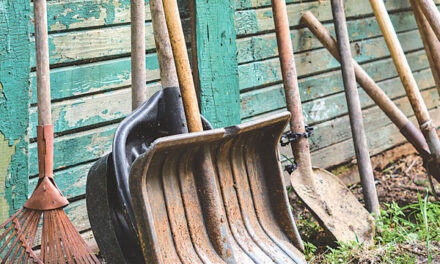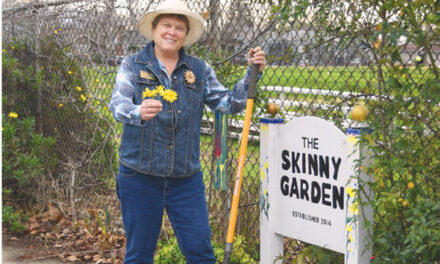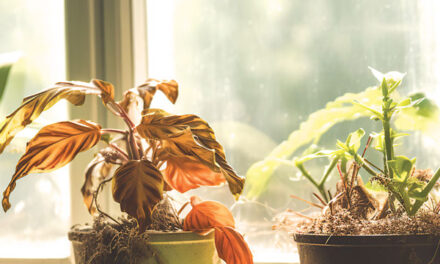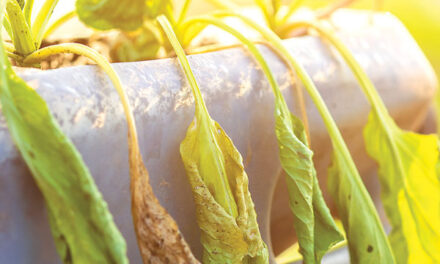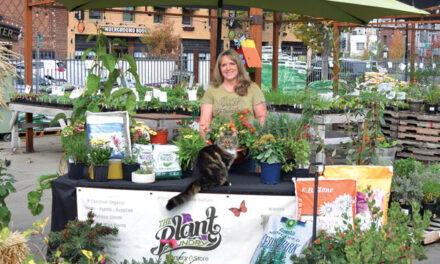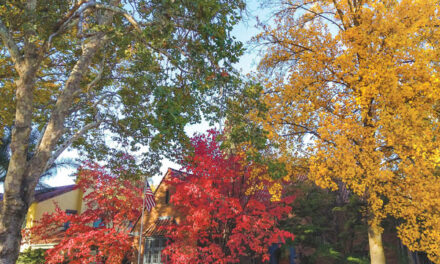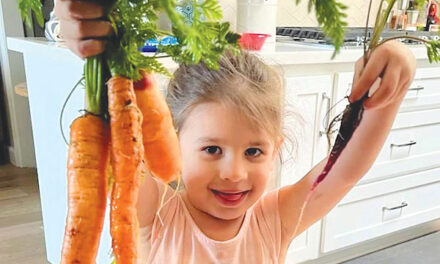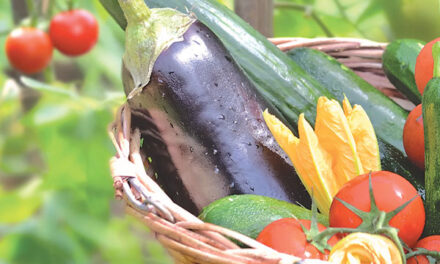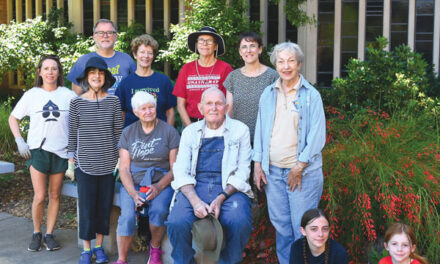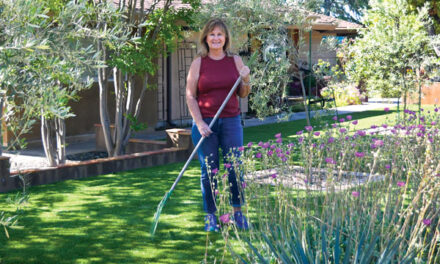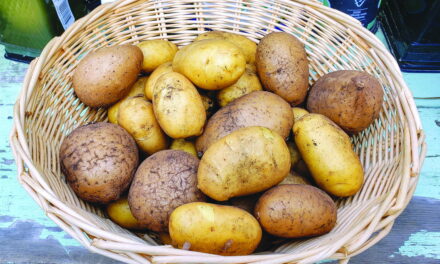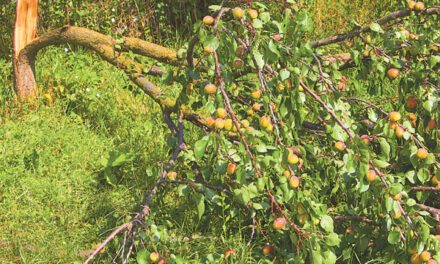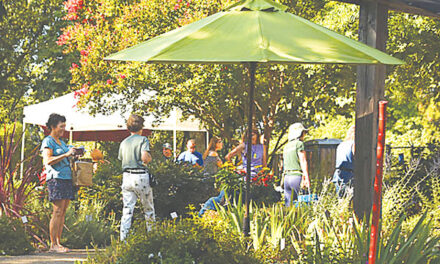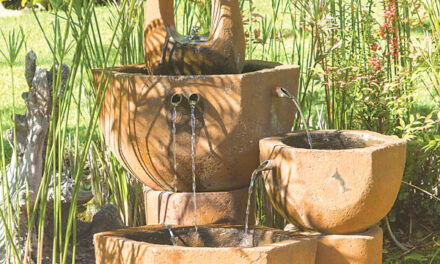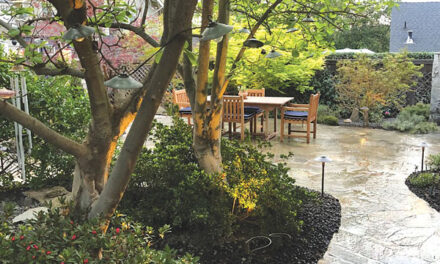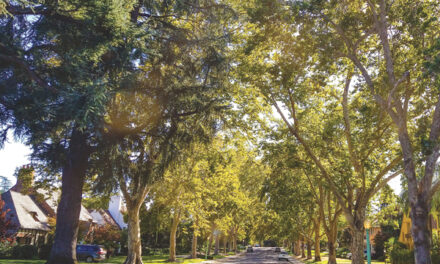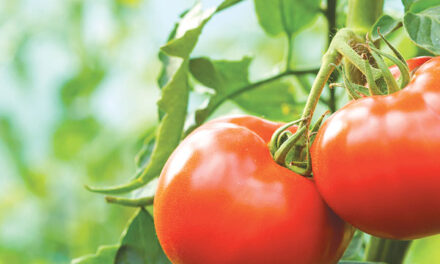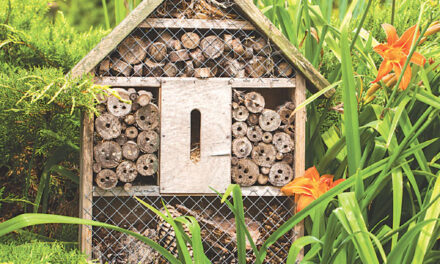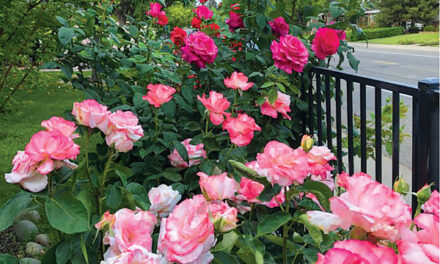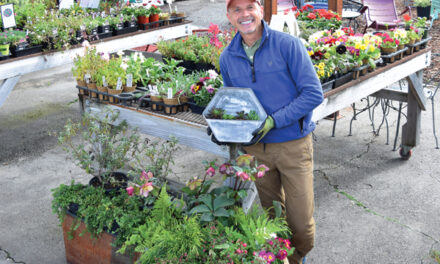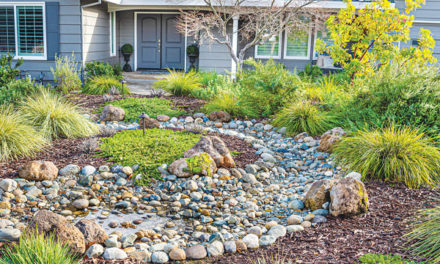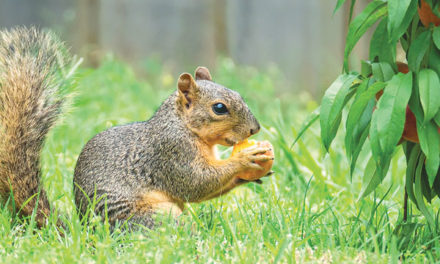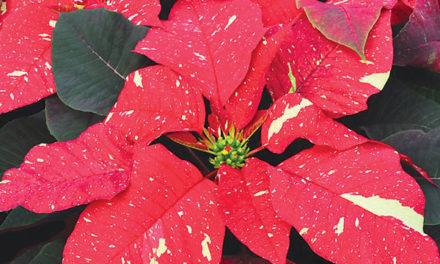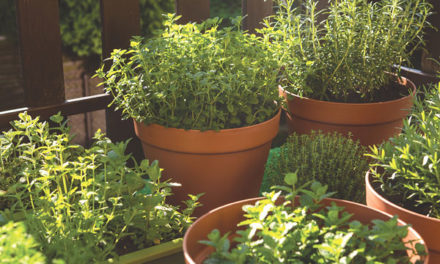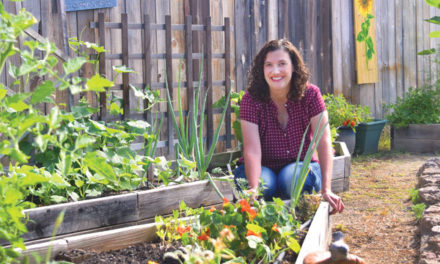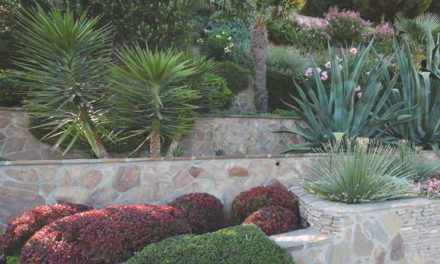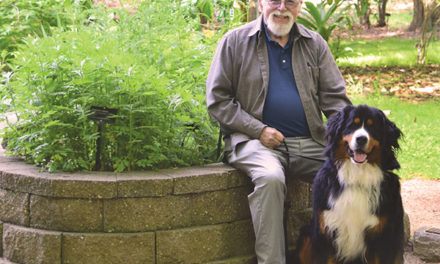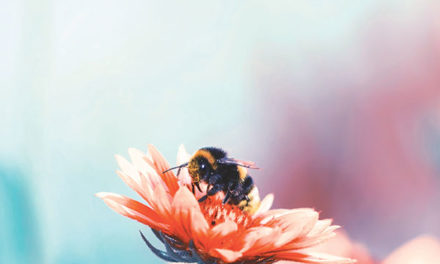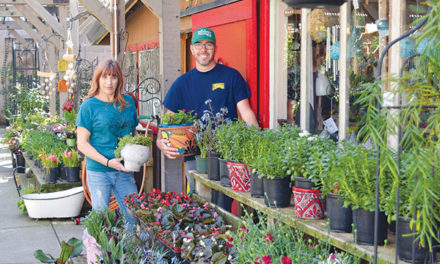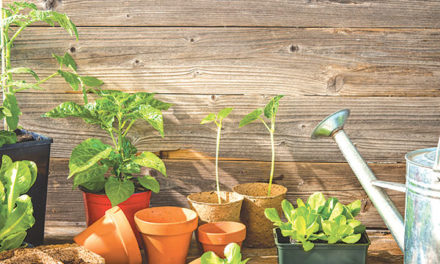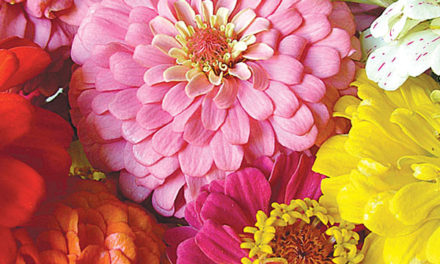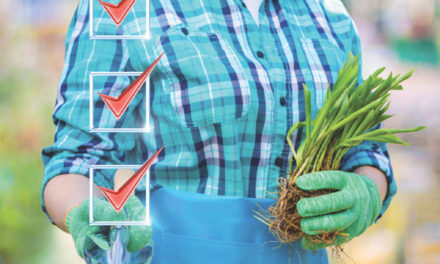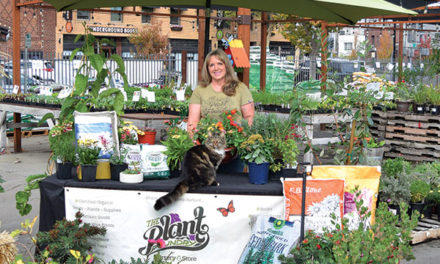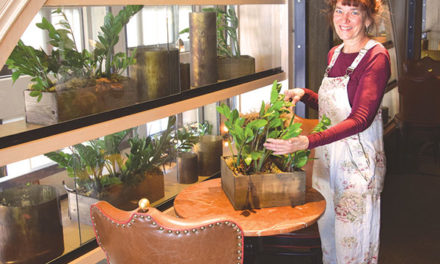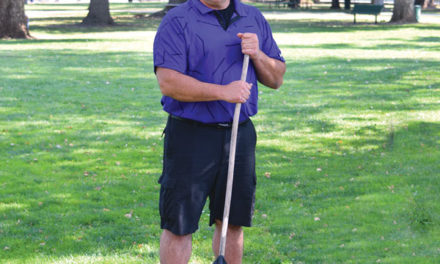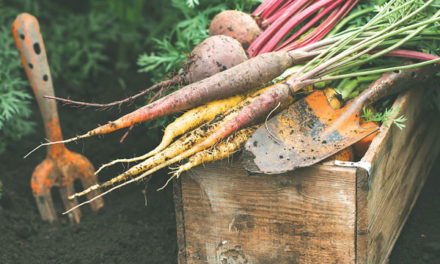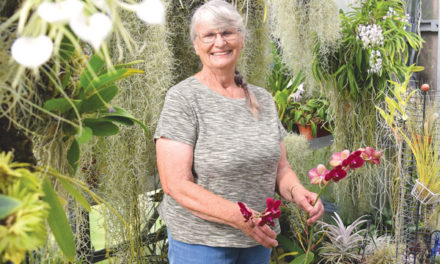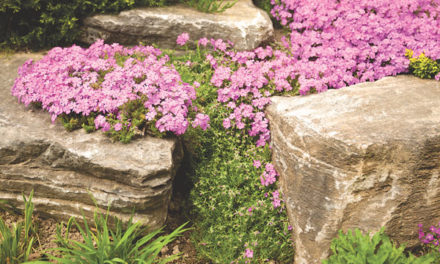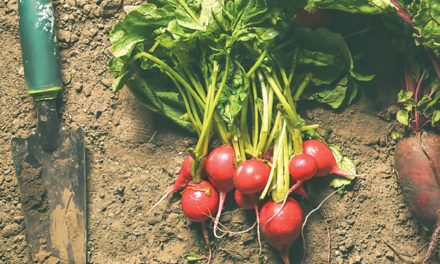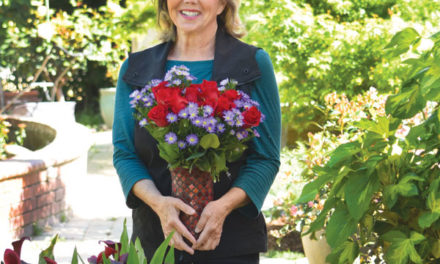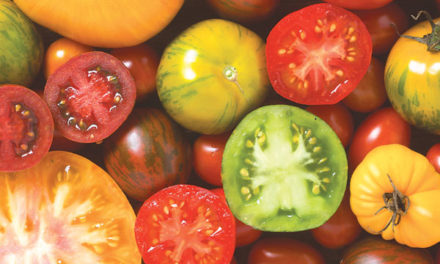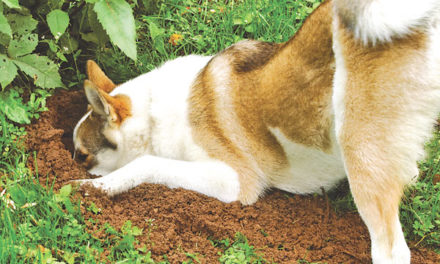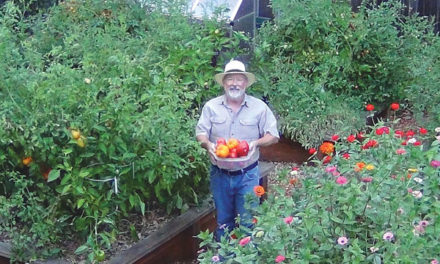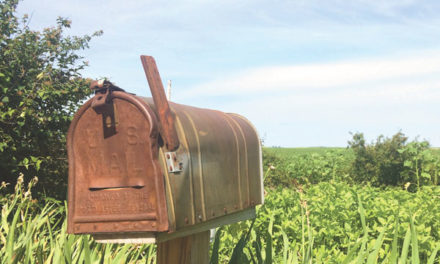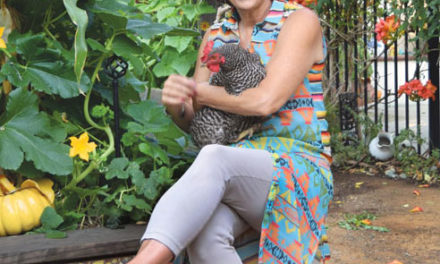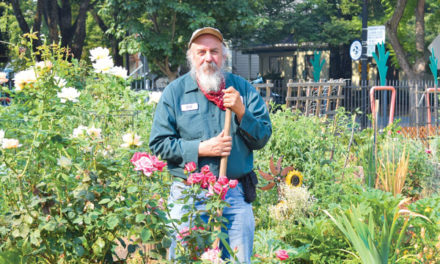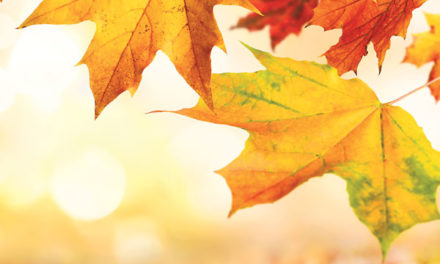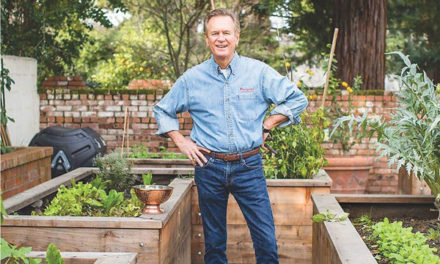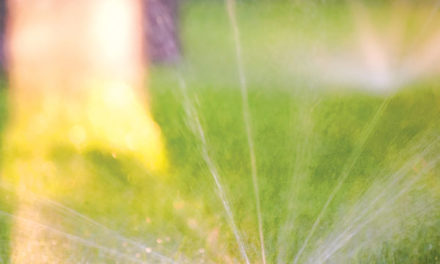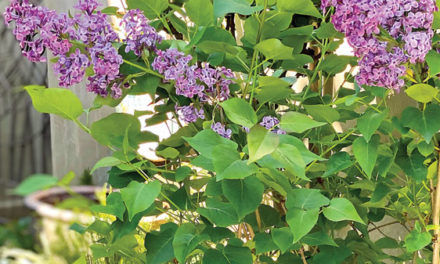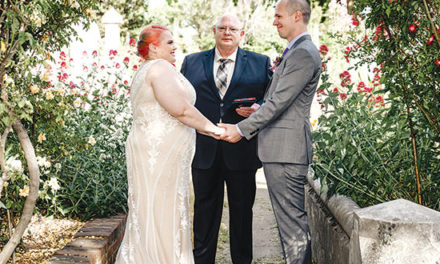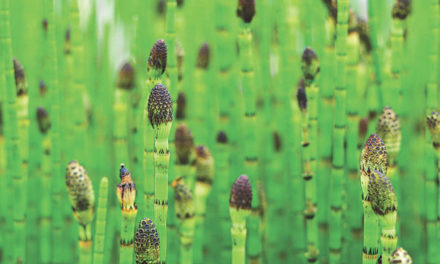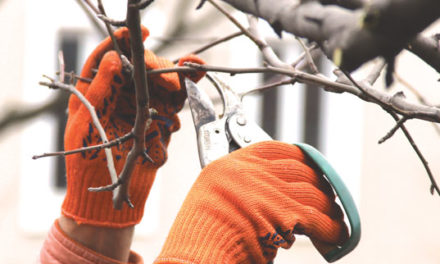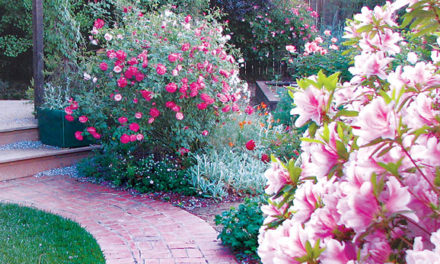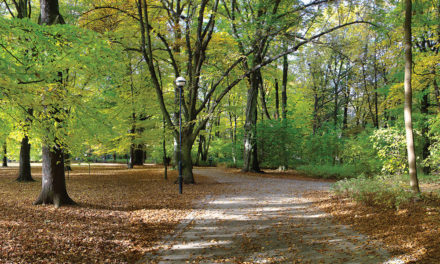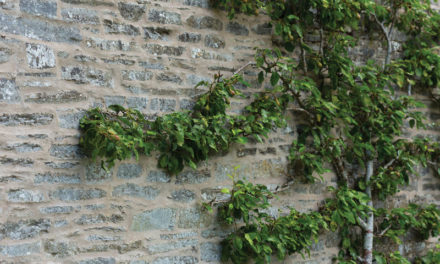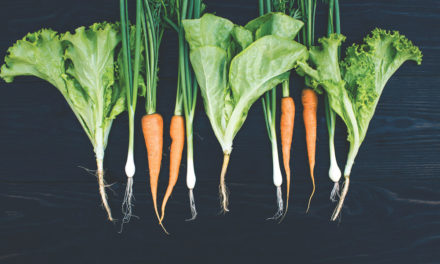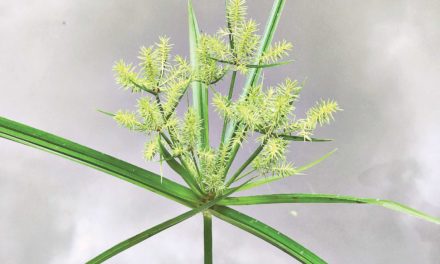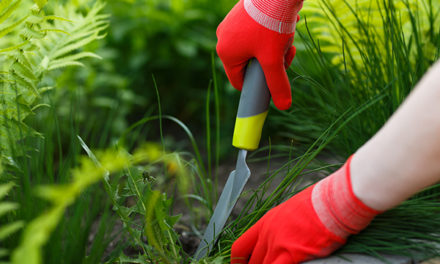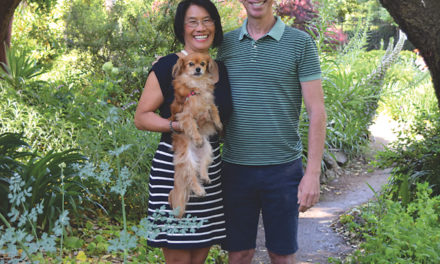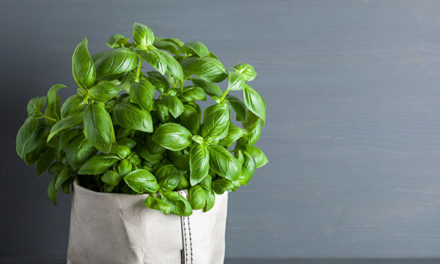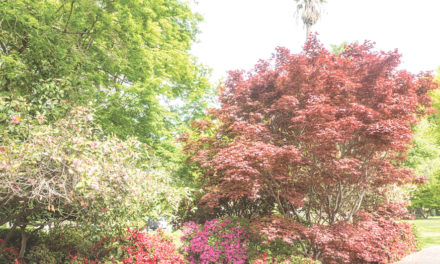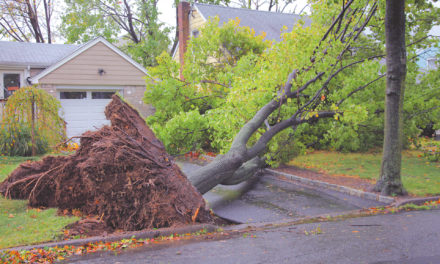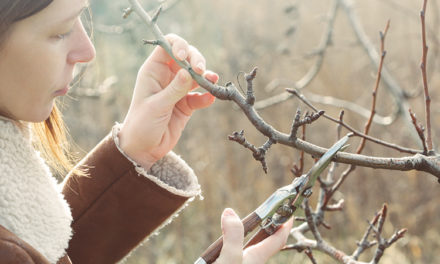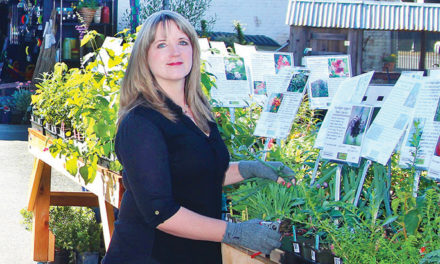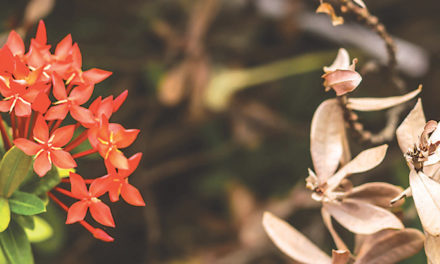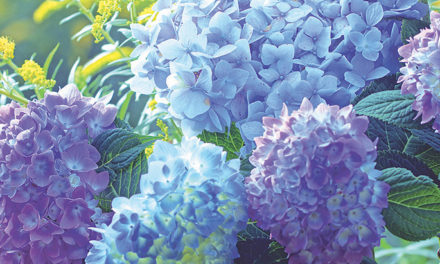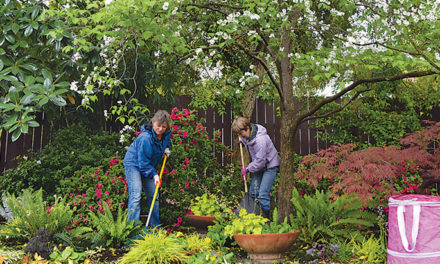Second Spring
Plant Now for More Bang for Your Buck
By Anita Clevenger
October 2018
For much of the world, fall is the time to harvest and put the garden to bed. Gardeners in Sacramento are harvesting, too, but we have to multitask. Autumn is our “second spring,” according to Angela Pratt, owner of The Plant Foundry in Oak Park. Now is the time to plant spring-blooming seeds and cool-season flowering plants, and then enjoy their flowers in the coming months.
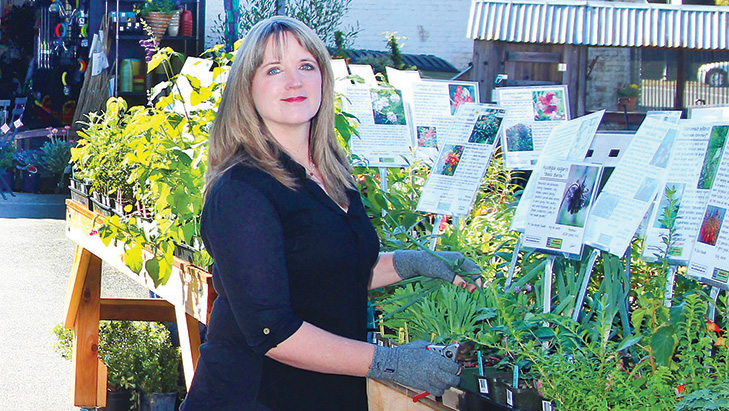
If you tend to collect packets of wildflower seeds, including California poppies, Pratt recommends stapling them to a calendar on the month of October because that is the “magic planting window.” Sow them and other spring-blooming annuals, such as sweet peas, bachelor’s buttons, cerinthe, larkspur, clarkia and hollyhocks, while the soil is still warm and before rains begin.
Seeds planted now won’t bear flowers for months. What about plants that bloom autumn through winter? Pratt calls pansies, violas, primroses, stock, calendula, Iceland poppies and paludosum daisies the “usual suspects” for cool-season flowers. Often, we wait to plant these until spring when they flower for a few brief months and collapse when it gets hot. By planting them now, you get “more bang for the buck,” Pratt asserts.
They will bloom while fall days are fairly long and nights are relatively warm, hunker down in the coldest, darkest winter months, and then explode with flowers as spring approaches.
Pansies are the common term for a wide range of hybrids in the viola family. The plant labels may say “viola,” but most of us know a pansy when we see one. Like all violas, they have five petals. Pansies usually have three blotches forming a happy “face.” Their flowers are large, up to 4 inches across, and come in an array of colors. Whether you want soft and subtle pastel shades or eye-popping primary tones of yellow, orange, red and purple, there is a pansy for you. It’s odd that “pansy” is a term used to insult people for being weak or lacking courage. They are the tough guys of the winter garden, undaunted by rain and frost.
The term “viola” is usually used for pansies’ daintier cousins, but they are also tough and have brightened gardens for centuries. Thomas Jefferson planted Viola tricolor in his Monticello garden, so it is a true heirloom plant. Old-time gardeners like my mother called them “Johnny-Jump-Ups.” Viola tricolor does indeed self-seed and jump up throughout the garden, but rather than being invasive, they are a delightful if uninvited guest. They do best if you regularly pick their flowers, along with some of their green growth, to keep them compact.
What else do cool-season flowers need? Protect them from slugs and snails, fertilize them, and remove spent flowers to encourage continued bloom. If there will be a hard freeze (below 28 degrees), cover them to ensure they survive unharmed.
Is it fall or spring? In Sacramento, you can have both at once, and flowers every day of the year.
Anita Clevenger is a Lifetime Sacramento County Master Gardener. For answers to gardening questions, contact the UC Master Gardeners at (916) 875-6338 or mgsacramento@ucanr.edu. The last Open Garden of the year will be Wednesday, Oct. 10, from 9 a.m.–noon at the Fair Oaks Horticulture Center, 11549 Fair Oaks Blvd.




